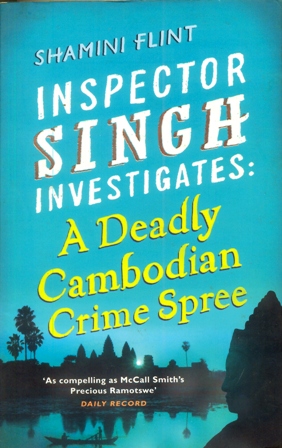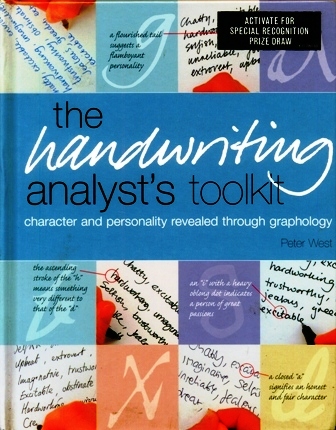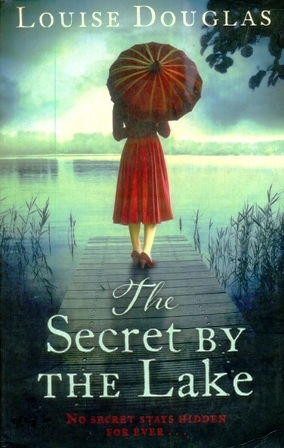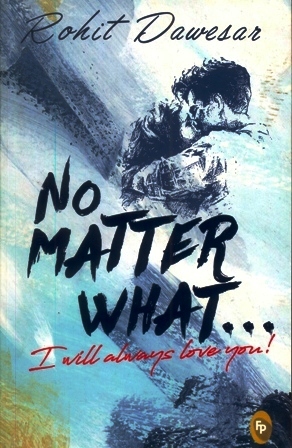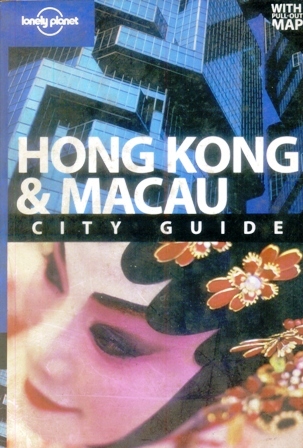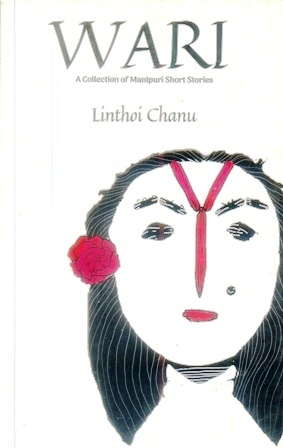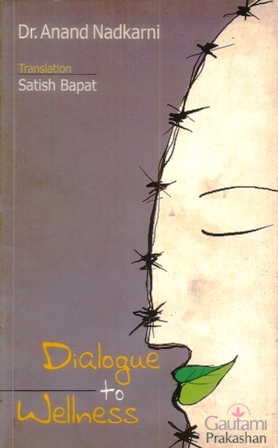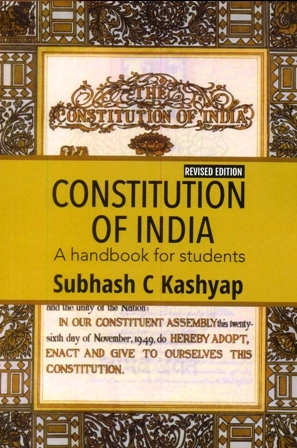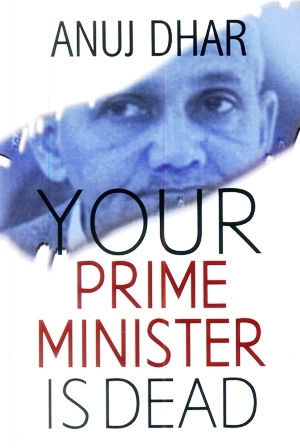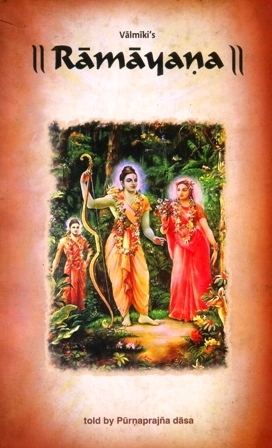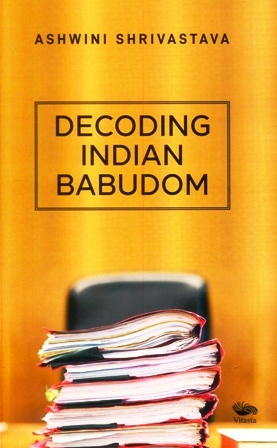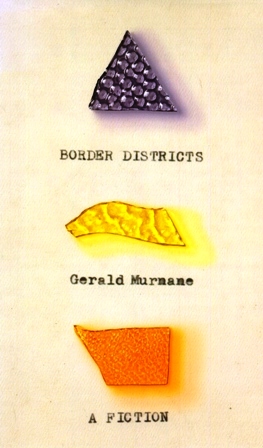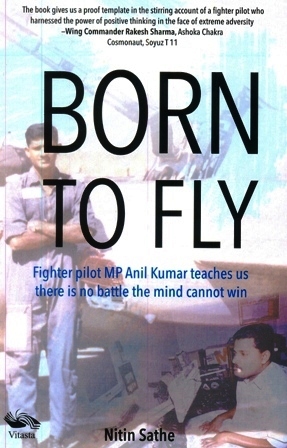-
The Handbook Of Ayurveda
Most of us use a huge variety of beauty products on our skin and hair every day--from shower gel and shampoo to moisturizer and hand lotion--but the majority of these products contain a variety of chemicals. In Natural Beauty, natural skincare and fragrance expert Karen Gilbertshows you how to make your own lotions and potions at home, using readily available, natural ingredients and easy-to-follow methods. For the face, there are moisturizers, masks, and cleansers; for the body choose from scrubs and shower gels, soaps and body lotions. And when you need some extra-special pampering, try the recipes for lip balms, massage bars, bath oils, and eye gels. So try your hand at making a neroli hydrating spritz or a macadamia and jojoba moisturizer, a mango and lime body butter or lemon and tea tree foot balm, bergamot and grapefruit wake-up wash or cocoa butter lip balm--the hardest part is choosing which of the pampering projects to try first! Each recipe has clear step-by-step photographs to guide you, and there are numerous variations to try.
-
Constitution of India
The Constitution provides a legal framework for a nation, where citizens pledge to abide by the rule of law and protect the sovereignty of the country. India has a written Constitution, which was created following four years of intensive debates among different stakeholders, all their concerns addressed and inputs incorporated. This makes India’s Constitution unique as the British, who ruled India till 1947, Do not have a written Constitution. Although most of the laws were inherited from the British times, provision of reassessment and amendments keep the doors of change open. The rights to freedom of religion and freedom of speech promise equity and introspection. India’s young people need to know this Constitution – how we are governed and what are our democratic rights and responsibilities as citizens, for us to be able to become global Indians. This handy book introduces the world’s largest Constitution to our readers, explaining on what basis India’s democracy works and dispels some of the popular myths and misunderstandings regarding our Constitution.
-
The Lady Of Two Nations
He was an Oxford-educated scion of a Nawabi family. She, a comely young woman from a Brahmin turned second-generation Christian family. While he rose to become the first Prime Minister of Pakistan, the Shaheed-e-Millat Liaqat Ali Khan, she came to be known as Gul-e-Ra’ana. Theirs was a beautiful story of love transcending the boundaries of nationalism and religion—a story worth telling. Raj Gopal Singh Verma narrates the fascinating story of this famous couple in the style of a fast-paced historical novel set against the complexities and violent upheavals of the Partition. After Liaqat’s assassination, the Begum brought up their two children alone and made a stellar contribution to Pakistan’s political, social, and cultural domains. She also served as the country’s finance minister and a diplomat to several Western countries. On her return, she continued to work for the empowerment of Muslim women of the country. Born and brought up in an undivided India, this is a story of the lady of two nations and three religions: Begum Ra’ana Liaqat Ali Khan.
-
Your Prime Minister is Dead
When Lalita Shastri saw her husband’s body, it did not appear he had been dead only a few hours. His face was dark bluish and swollen. The body was bloated and it bore strange cut marks. The sheets, pillows and the clothes were all soaked in blood. As the family members raised doubts, suddenly sandal paste was smeared on Lal Bahadur Shastri’s face. And yet, the controversy whether or not India’s second prime minister’s death was really due to a heart attack, couldn’t be contained. Allegations of the KGB’s, the CIA’s or an insider’s hand in the death of Lal Bahadur Shastri emerged in time In this first-ever comprehensive study of the enduring Shastri death mystery, Anuj Dhar puts together a disturbing narrative going against the official version. Dhar’s bestselling book "India’s biggest cover-up" inspired declassification of the Subhas Chandra Bose files and hit web series "Bose: Dead/Alive
-
The Areca Nut Tree and Other Stories
The Areca Nut Tree and Other Stories showcases works by a new generation of Assamese women writers, whose spectrum is wide and not confined to so-called ‘women-centric’ subjects. Be it a defiant woman sticking to her minuscule plot of land and challenging a land-grabber uncle, a woman trying to bring about a change in a river island, an adolescent girl tricked into marriage and trafficked taking on a new avatar as a revered sanyasin, a poetic portrayal of a man desperately looking for his lost love through his wanton ways, or a scathing comment on a voyeuristic society, these stories deal with human issues and experiences from different angles. Powerful voices not dictated or influenced by patriarchal dominance in society, these are tales that will offer readers a glimpse into the richness of Assamese literature of our times.
-
-
Border Districts A Fiction
Murnane, in his unfailingly serious way, is very funny ... we read and think about him ruminating on his reading and thinking about reading and thinking until the book rather gloriously threatens to swallow itself whole." ―Lidija Haas, Harper's Magazine "Devotees of Murnane (The Plains), the exacting Australian writer of crafty, austere fictions, will find familiar themes in this prismatic work: the fascination with color, the grassy landscapes, and the obsessive compiling of a mind’s 'image-history.' The aged narrator, a 'student of colors and shades and hues and tints,' has retired to a 'district near the border' of his unnamed native land. There he explores the regions of his psyche with a monklike devotion, 'study[ing] in all seriousness matters that another person might dismiss as unworthy, trivial, childish.'" ―Publishers Weekly "An old man ruminates on landscapes and houses, authors and religion, colored glass and memory in this drifting quasi-fiction. The unnamed narrator, age 72, has recently moved from a city to live alone in a 'quiet township' near an unspecified border in an unnamed country. In the opening pages, he recalls his school days and the religious brothers who taught him." ―Kirkus, starred review
-
The Devi In The Diva
How have Parvati and Lakshmi’s myths dominated mainstream cinematic plots for over five decades? Why do Kali and the Matrkas figure so often in horror films? Who is the most enduring manifestation of Saraswati in Bollywood cinema? How is the female cop almost always the Durga archetype? How do Claire Underwood of the House of Cards and Olivia Pope of Scandal make such convincing Lakshmis? These are a few of the many questions this book raises and answers. This book is for every reader who loves films and all those who take an interest in mythology. It dwells on Indian goddess archetypes which reveal themselves through their many myths and suggests how these archetypes can be worked with for more empowering projections of women in the media. It traces the goddess in human form and her many manifestations and tales in contemporary cinema and television web series.
-
Born to fly
Born to fly is the story of flying Officer MP Anil Kumar who was a mig 21 pilot in the Indian Air Force. As a result of a motor-cycle accident in 1988, when he was just 24, he was paralysed from neck-down. The accident reduced him to a near vegetative state, confining him to a wheelchair for the rest of his life. Battling with negative thoughts of giving up constantly, Anil finally decided to fight destiny as a quadriplegic. He picked up the threads of what remained of his life and wove for himself a meaningful second life. Using his pent up energies and an ever-expansive mind, he chose to become a prolific writer and media commentator. His first mouth written essay, airborne to chairborne, which propelled him into the world of writing, was included into school curricula, spurring children to face all adversities without losing hope. His life has, and will continue to be, a source of inspiration for generations.

